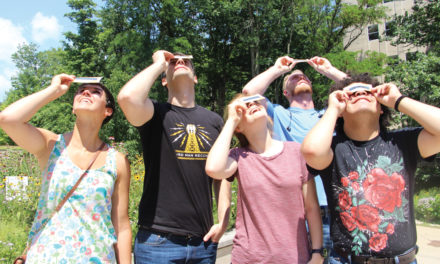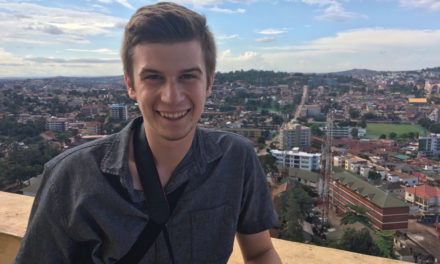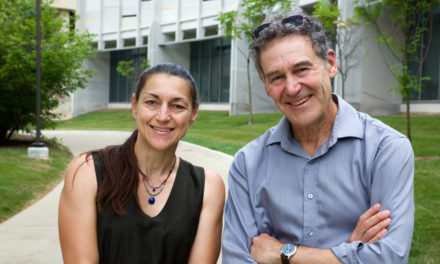
by SUSAN M. BRACKNEY
Forced into boarding schools bent on assimilating them, America’s indigenous children were once punished for speaking in their native languages. Students uttering words in Lakota, Arikara, or Pawnee might have been made to kneel on radiators or had their mouths washed out with soap.
“The legacy of those policies continues and, for some people, embracing their native identity—which includes language—is a challenge,” says Richard Henne-Ochoa, acting director of the Indiana University American Indian Studies Research Institute (AISRI).
Founded in 1985, AISRI is positioned to help preserve Native American languages and cultures. The institute includes the Center for the Documentation of Endangered Languages (CDEL), which maintains thousands of hours of recorded interviews with indigenous Americans speaking their native languages. “Most of the recordings were collected by Raymond DeMallie and Douglas Parks in the ’70s and ’80s,” Henne-Ochoa says. “They wanted to document languages that had fewer and fewer speakers.”
He continues, “Indigenous people are trying to revitalize and reclaim their languages as part of a larger movement to rebuild their communities. We’re hoping to further strengthen our partnerships with the different tribes so that IU can be a resource for them.”
Montana’s Assiniboine people speak Nakota. “There are relatively few Nakota speakers left,” Henne-Ochoa says. “And very few children are learning it informally from their caregivers.” Via its Assiniboine Language Program, AISRI is converting archived Nakota-based recordings into materials for elementary school children on the Fort Belknap Reservation.
Encouraging kids to speak Nakota outside of class also can be difficult. “I’ve heard kids say, ‘Elders speak Nakota, and, when I’m an elder, I’ll be able to speak it,’” Henne-Ochoa says. “They don’t know a time when everybody from every generation was speaking Nakota. They don’t have that frame of reference.”
Fortunately, restoring that frame of reference is still possible, Henne-Ochoa says. “We’re documenting not just the grammar and vocabulary, but also the ways of using the language. So, if we get to the point where there are no first language speakers, they’ll still have materials that could help them to reclaim their language.”










